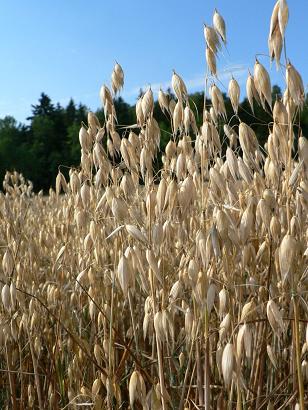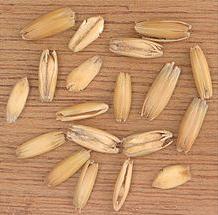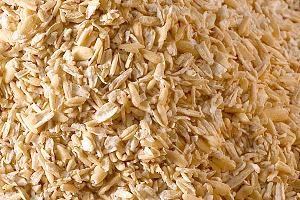Oat meal


-
Oats grow on stalks, like other grasses used for food, with the kernels more widely distributed along a looser tree-like framework.
-
When harvested, the oats must have their extremely hard hulls removed before they can be sold, either whole as oat groats or milled as rolled oats.
-
Oat groats are said to be quite tasty, although they require a long cooking time. Sometimes, oat groats are loosely cracked and used in breakfast porridge.
-
Rolled oats play a starring role on the table in oatmeal, although they are also used to add texture to bread, and other baked goods.
-
The common oat (Avena sativa) is a species of cereal grain grown for its seed, which is known by the same name (usually in the plural, unlike other grains).
-
While oats are suitable for human consumption as oatmeal and rolled oats, one of the most common uses is as livestock feed.
-
Oats make up a large part of the diet of horses and are regularly fed to cattle as well.
-
Oat grains in their husks Oat plants with inflorescences.
Oat Meal analysis on a dry matter basis (%):

Protein |
Oil |
Fibre |
Ash |
Metabolisable energy (ME) (Mega joules/kg dry matter) |
Dry Matter (%) |
|
7 |
2 |
29.5 |
4.5 |
5 |
88 |
Storage / Processing
-
Stores well in cool dry conditions.
-
Material to be stored and transported in compliance with UFAS code of practice.
